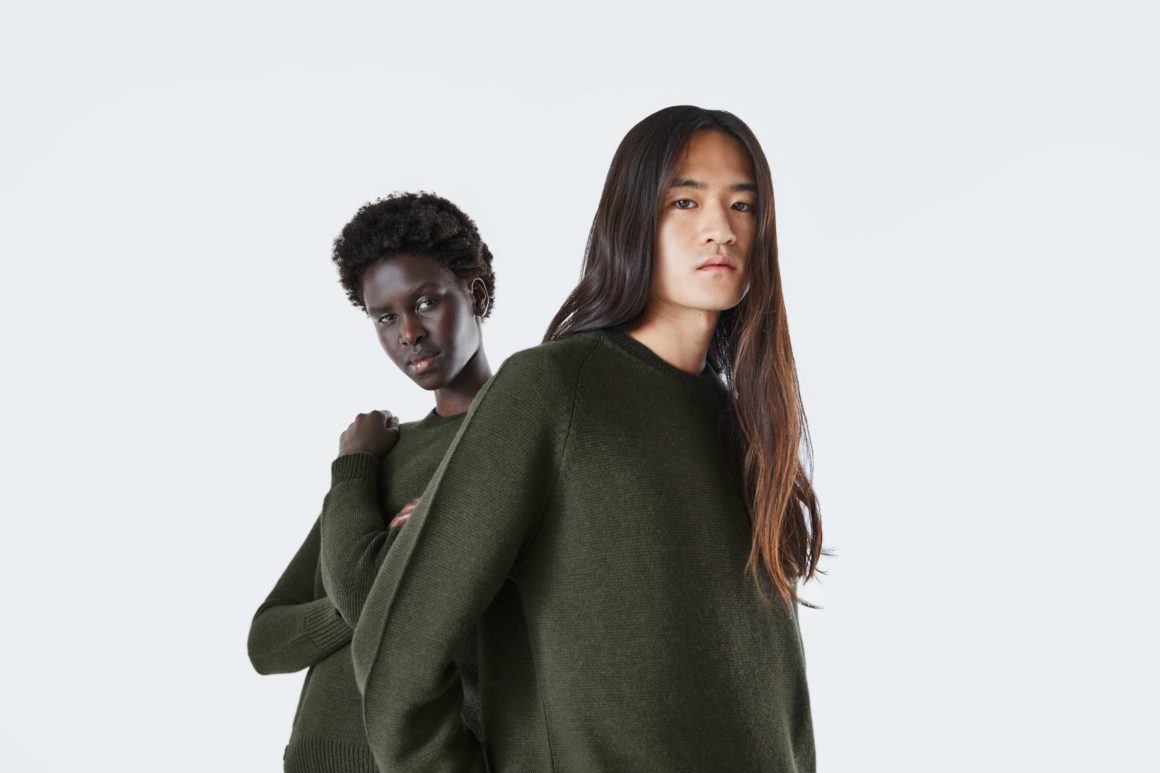
By Kacie Wedel
With the fashion industry being one of the most polluting industries in the world, more brands are starting to feel the pressure of mitigating their carbon offsets or for some, even becoming carbon negative. Is this something that can be achieved?
The tension to mitigate our carbon offsets is growing at a substantial rate. With the adoption of the Paris Agreement, also know as the Paris Climate Accord, the goal is to limit global warming to 1.5 degrees and if we don’t act now we will miss that target.
“Global Fashion Agenda estimates that in 2015 alone the global textiles and clothing industry was responsible for the consumption of 79 billion cubic metres of water, 1,715 million tonnes of CO2 emissions and 92 million tonnes of waste. By 2030 and at current growth rates, these numbers could jump by at least 50%.”
Our founder, Noemi, had the privilege of speaking with the founders of two brands that are truly committed to minimising their carbon footprint, to find out what it takes to become carbon negative in the industry and why we need to start making a difference.
To find out if carbon negativity is the future of fashion, we first need to understand what it is and how we can accomplish this.
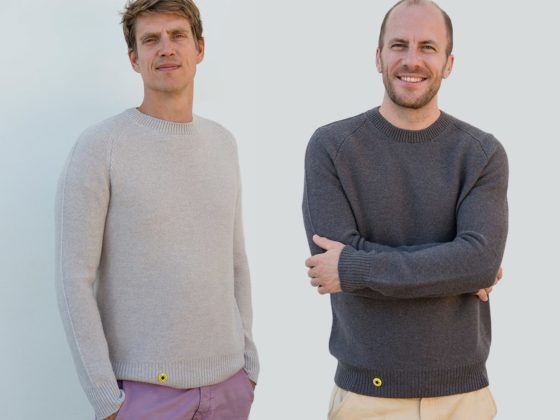
What does it mean to be carbon negative?
Carbon negativity is a fascinating concept. When it comes to carbon negativity, the brand needs to remove more carbon than it emits each year rather than add to it. Achieving this seems like an impossible feat. Amazingly, sustainability awareness in the world is increasing as more brands are making innovative changes for the better.
We spoke to Edzard, co-founder of Sheep Inc, a brand that launched in 2019 and claims to be the world’s first carbon negative. How have they accomplished this incredible title? By producing sweaters made from the finest ZQ merino wool, they offset their carbon by focusing on regenerative farming.
Along with regenerative farming, Sheep Inc has the commitment of investing 5% of their profits and have mitigated their impact tenfold. This process can be referred to as carbon insetting. They deploy their investment fund over three projects. These can include research projects, focusing on areas that have been directly affected by the industry such as agriculture, or climate racism.
Edzard Van der Wyck breaks it down in how they are playing their part in being a role model for others to follow.
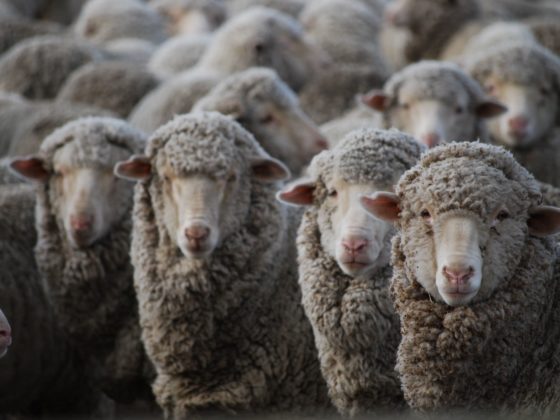
In what ways can a brand become carbon negative?
For a farm to be regenerative, they must move their livestock around in a way that allows land to rest while also making sure that there is a good mix of flora and fauna. They need to have a “good healthy mix of sequestering vegetation,” as Edzard puts it.
This is very important in the process of regenerative farming. The soil is what helps suck the carbon out of the air therefore it needs to rest. When this happens over a period of time more carbon sequestration is able to happen. The removal of carbon in this process is what contributes to being carbon negative.
Unfortunately, while this is a fantastic alternative to traditional farming, it is not the most suitable in the UK or some parts in Europe. It takes a lot of land to properly be able to move livestock around and allow the land to rest in the way it needs to. This is one of the reasons why Sheep Inc sources their wool from New Zealand.
Investing
Another great way to aim for carbon negativity is by investing. Investing in something such as a biodiversity projects can help in many ways. This can help encourage development of new sustainable projects and can also aid in us reaching our Sustainable Development Goals. This also can help bring sustainable development for growing communities and can improve income and health.
Edzard argues that by having a regenerative impact and a revenue investment, “ … this is a model that could be deployed by any fashion brand. There just needs to be the financial will to do it.”
Recycling Fabrics
The other brand we have had the pleasure of speaking with is BEEN London. Recently, Noemi was able to talk with Genia, the founder of BEEN London, about how they are mitigating and improving their carbon footprint.
We found in our research that the major factor of releasing carbon into the atmosphere is by creating fabrics. With BEEN London, Genia utilises materials destined for landfill and recycles them into beautiful handbags. They have calculated that by recycling they are saving 86% of their carbon emissions.
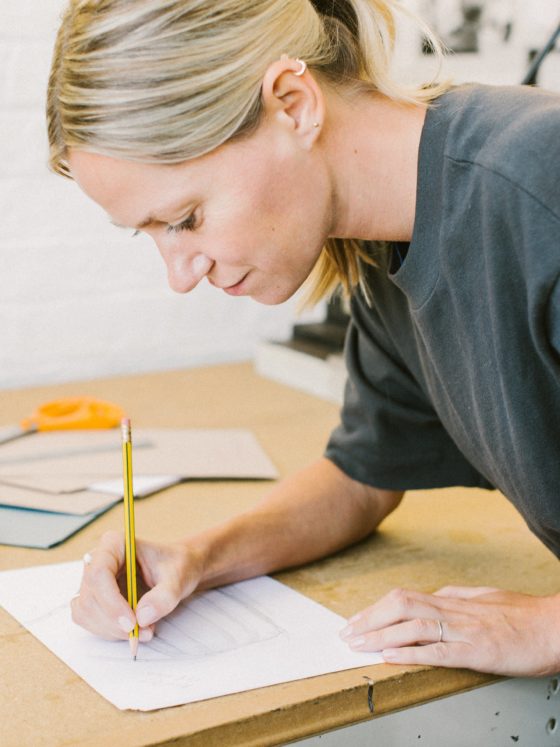
Danish fashion brand GANNI notably teamed up with the United Nations Sustainable Development Goals in 2019 to be proactive in reducing carbon emissions. They are very transparent about areas in need of improvement and go into great detail about their traceability, circularity, materials, and more.
Carbon neutrality or carbon negativity has also arrived to fashion shows, working with EcoAct and Bureau Betak, Gabriela Hearst was able to produce an industry first, carbon neutral show. Any money saved from their offsets were donated to projects that are not only working to reduce carbon, but also improve the livelihood of others.
Genia Mineeva: Founder Of BEEN London
The importance of traceability and mitigating our carbon impact
When partnering with farms, Sheep Inc knew that they had a carbon negative impact but positive effect. This has not yet been ratified, so they are in the process of working with the University of Canterbury and the University of College London to become officially certified in being carbon negative. Having these Universities calculate Sheep Inc’s exact carbon footprint accredits their title of being carbon negative.
Been London is also maintaining traceability in mitigating their carbon impact by collaborating with Terra Neutra. This allows them to utilise a tool in constantly improving. Genia says, “What I can do from our end is input all the data into this tool, and see what it does to the overall carbon footprint. And it’s the carbon footprint of a pizza!”
“I think if that change happens then a lot of change will happen very quickly cause people will be held responsible and they’ll realise that people are out there asking those questions.” – Edzard
This is something we strongly agree with. Our clothes, in my personal opinion, are a large portion of our identity. How we dress ourselves is how the world initially sees us. So why not dress according to our values? By choosing to be a conscious consumer you reap many benefits, from longer lasting garments to enhancing the lives of the workers that produce them.
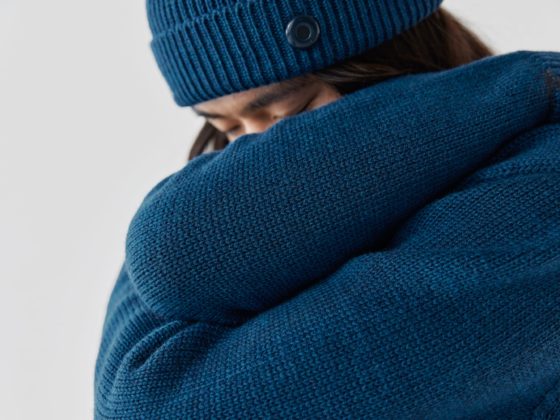
What can we take away from this?
After this research we need to ask ourselves – are we convinced? Can the fashion industry become truly carbon negative?
A belief I live by is that change is possible. No matter how insignificant you may feel, all it takes is one of us to take a stand and do something about it.
Both Genia and Edzard discovered their passions for sustainability once they started to take a closer look at the fashion industry and what brands they were buying from. If we can all follow in their footsteps, we will be able to make a real change for our generation and future generations to come.

Kacie Wedel
After taking a few years to travel to different countries, Kacie rediscovered her love of writing and living a more mindful lifestyle. When she’s not in a coffee shop or pilates class, you can catch her in the vintage shops in Portland, Oregon on the hunt for her next great find.









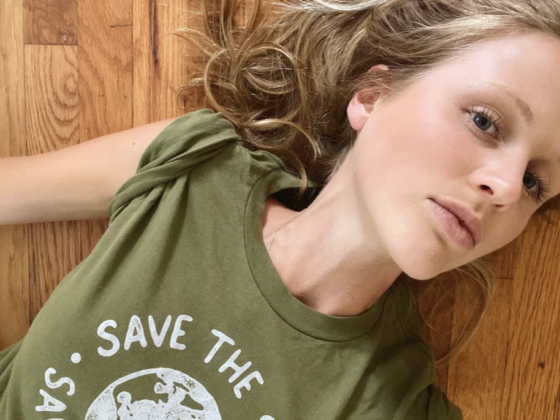
1 comment